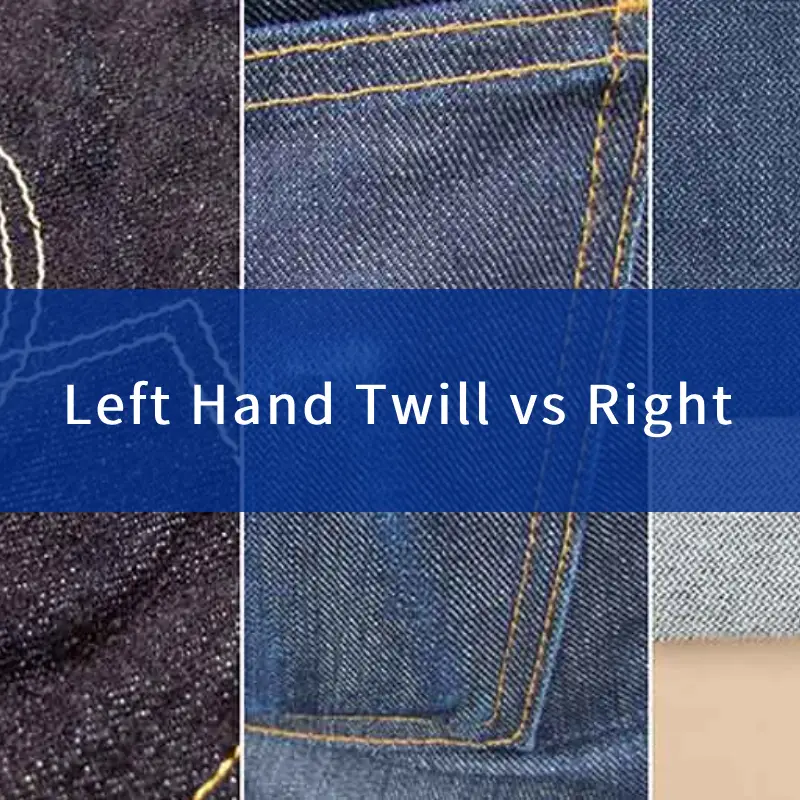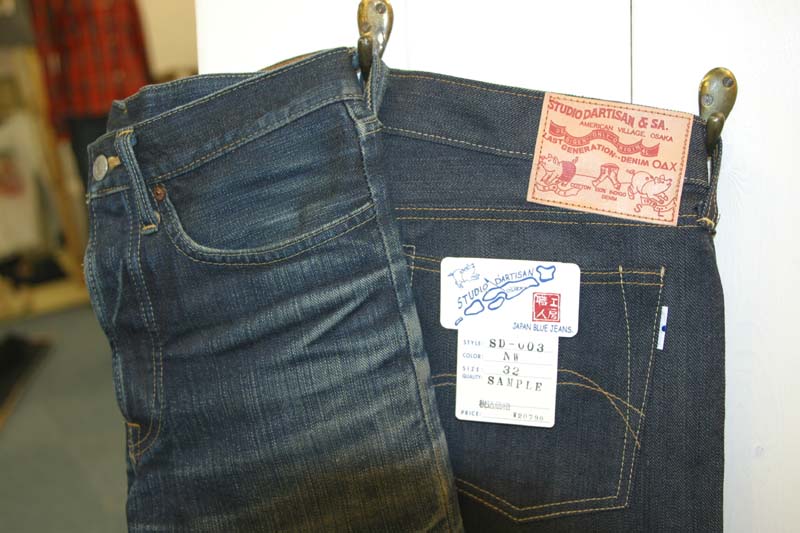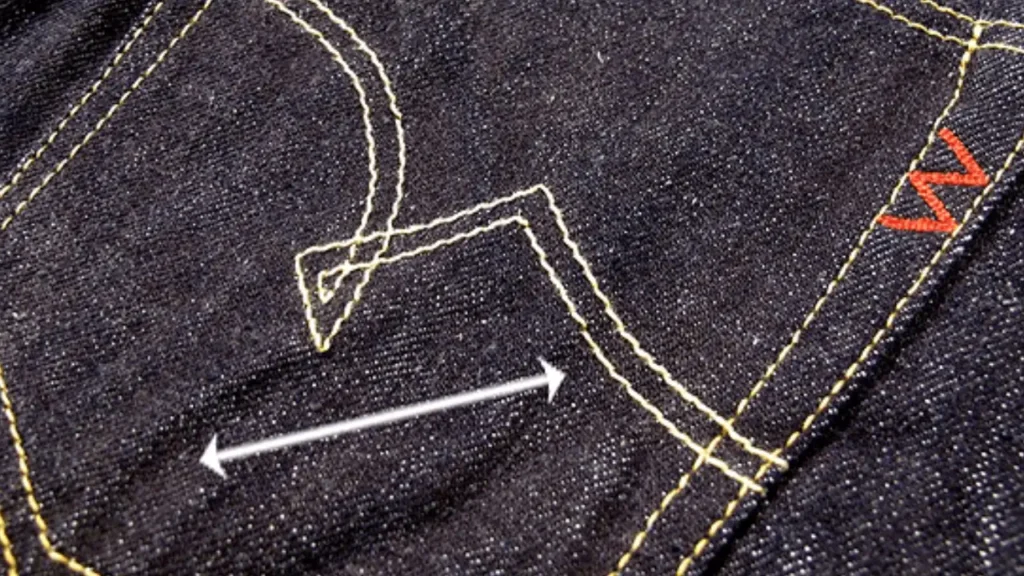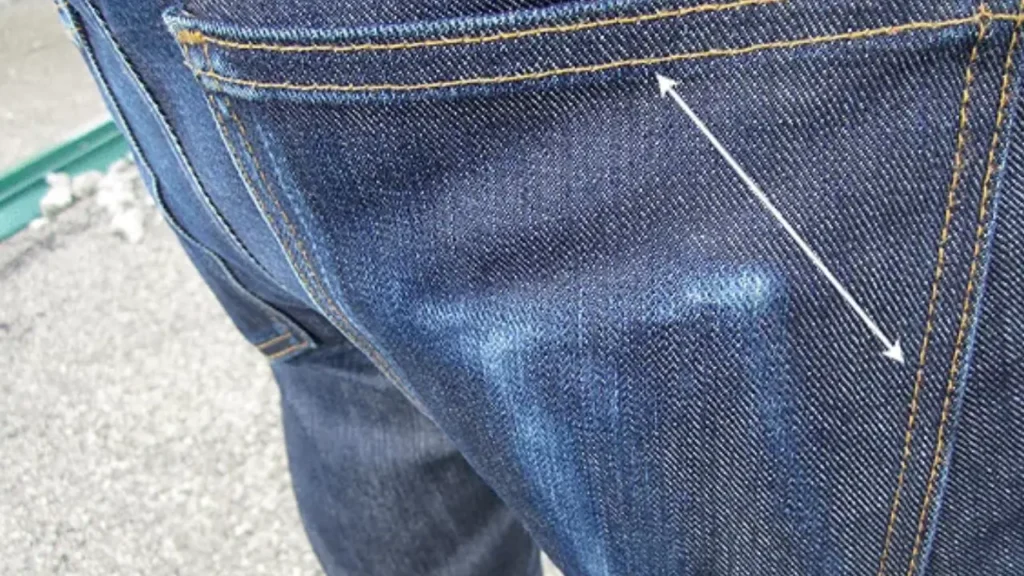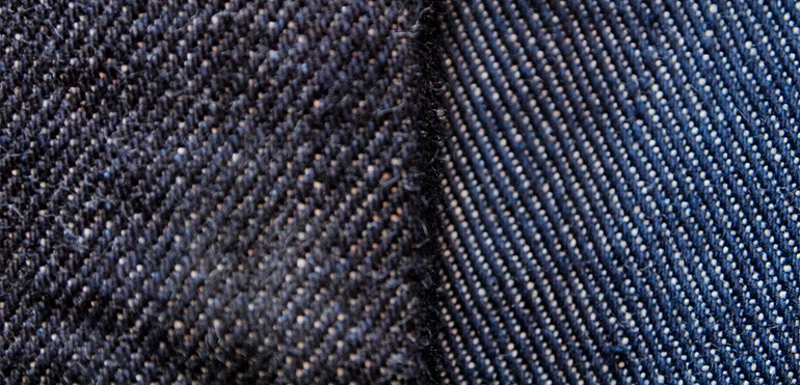Left Hand Twill Vs Right Hand Twill Fades

The world of denim, often seen as a simple fabric, harbors a complex interplay of weaves and construction, influencing not only the feel and durability but also the coveted fade patterns that enthusiasts prize. Among the subtle yet significant differences lies the distinction between left-hand twill (LHT) and right-hand twill (RHT), a factor determining the direction of the denim's weave and subsequently, the character of its wear and tear.
The debate between Left Hand Twill and Right Hand Twill denim often boils down to the subtle nuances of their fade characteristics. Understanding these differences is crucial for denim enthusiasts and consumers looking to invest in quality jeans that will develop unique and personal wear patterns. The choice between LHT and RHT is not necessarily about superiority but about individual preference for the resulting aesthetic.
Understanding Twill Weaves
Twill is a weaving pattern characterized by diagonal ribs on the face of the fabric. This diagonal pattern is achieved by passing the weft thread over one or more warp threads and then under two or more warp threads, and so on, with a "step" or offset between rows to create the diagonal pattern. The direction of this diagonal rib defines whether the denim is LHT or RHT.
Right Hand Twill (RHT)
RHT is the more common and conventional twill weave. In RHT denim, the diagonal lines run from the lower left to the upper right. This creates a distinct, clean, and relatively uniform fade, often characterized by high contrast fades and sharp lines.
Most denim brands use RHT, providing a familiar and predictable aging process. Levi Strauss & Co., a giant in the denim landscape, primarily uses RHT, contributing to its widespread popularity and familiarity.
Left Hand Twill (LHT)
In contrast, LHT features diagonal lines that run from the lower right to the upper left. LHT denim is often softer and has a looser weave compared to RHT.
This results in a more textured and less defined fade, sometimes described as softer or "hairier," allowing for a more complex and subtly nuanced aging pattern. Some denim aficionados believe LHT develops more character over time.
The Fade Factor
The direction of the twill impacts how the denim fades primarily due to the way the yarns are exposed to abrasion. With RHT, the diagonal lines are more pronounced, leading to concentrated areas of wear and creating defined fade lines. With LHT, the softer weave allows for a more diffused abrasion, leading to a softer, more subtle fade.
According to *denimhunters.com*, a leading source for denim knowledge, LHT fades often exhibit more vertical fading, while RHT fades tend to be more horizontal and showcase sharper contrasts. However, these are generalizations, and the final fade is also influenced by the denim's weight, dye, and the wearer's lifestyle.
Beyond the Weave
It's important to note that factors beyond the twill direction play a significant role in the ultimate appearance of faded denim. The type of cotton used, the dyeing process (particularly indigo dyeing), the weight of the denim, and the way the jeans are cared for all contribute to the final outcome.
For example, raw denim (also known as dry denim), which is unwashed and untreated after being dyed, will develop more pronounced and personal fades than pre-washed or distressed denim. The wearer's activities, such as cycling or working in a particular environment, also greatly influence the wear patterns.
The Significance for Consumers
For the average consumer, the difference between LHT and RHT might seem trivial. However, for denim enthusiasts, this distinction can be quite important. Understanding the nuances allows them to make informed purchasing decisions based on the desired aesthetic outcome.
Choosing between LHT and RHT is ultimately a matter of personal taste. Some prefer the clean, high-contrast fades of RHT, while others appreciate the softer, more complex fades of LHT. Experimentation and experience are key to discovering one's preference.
Ultimately, the choice between Left Hand Twill and Right Hand Twill is a personal one. It hinges on the desired aesthetic and the individual's connection with the aging process of their denim. Both weaves offer unique characteristics that contribute to the beauty and individuality of well-worn jeans.
